Title: Becoming a Dental Informatician: Pathways, Competencies, and Professional Engagement Abstract: Dental informatics is a multidisciplinary field that merges dentistry,…
Read More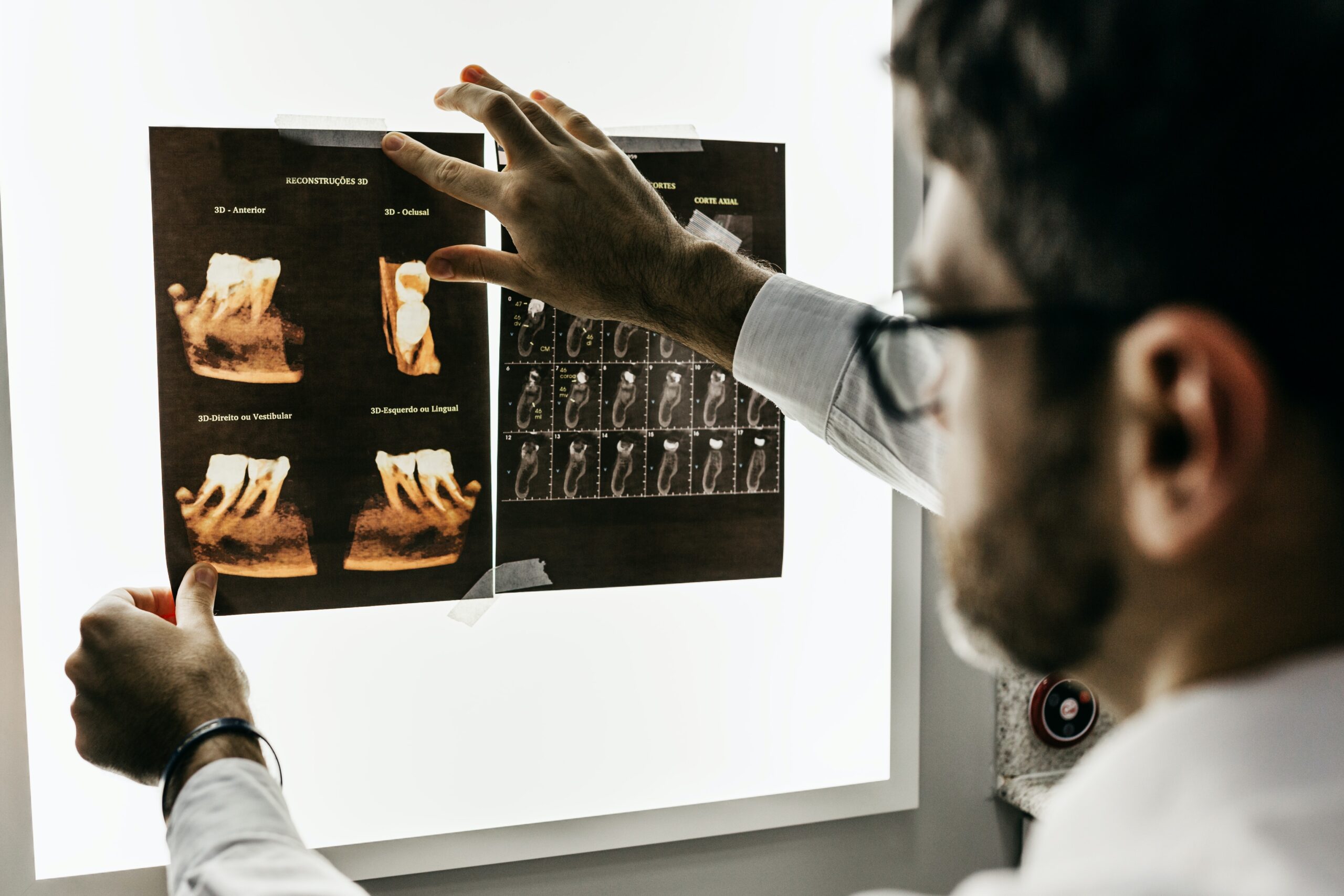

Title: Becoming a Dental Informatician: Pathways, Competencies, and Professional Engagement Abstract: Dental informatics is a multidisciplinary field that merges dentistry,…
Read More
Decades of NIDCR-funded research reveal the interconnectedness of the mouth and body May 8, 2024 By Vanessa McMains For the…
Read More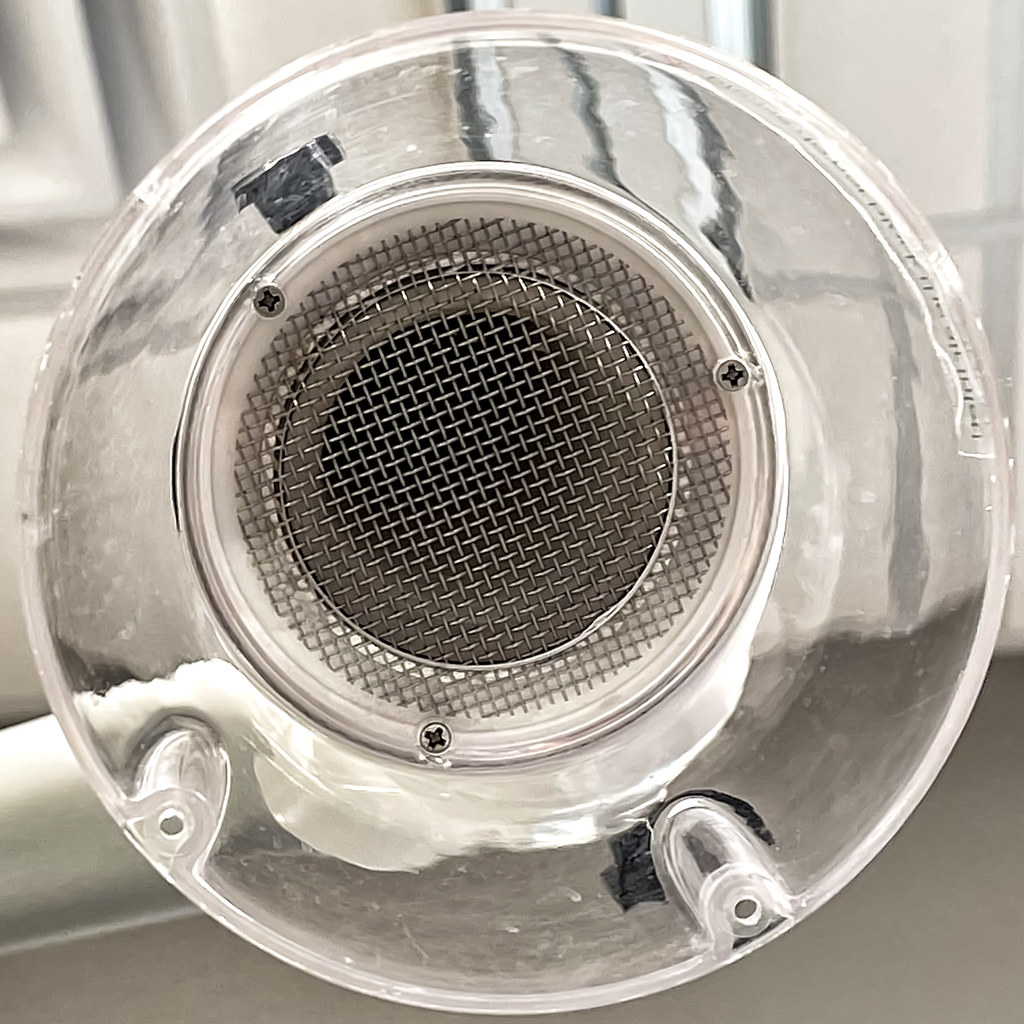
by pinoydentalai AbstractExtraoral vacuum devices have emerged as effective tools for infection control, particularly in mitigating aerosolized particles during dental…
Read More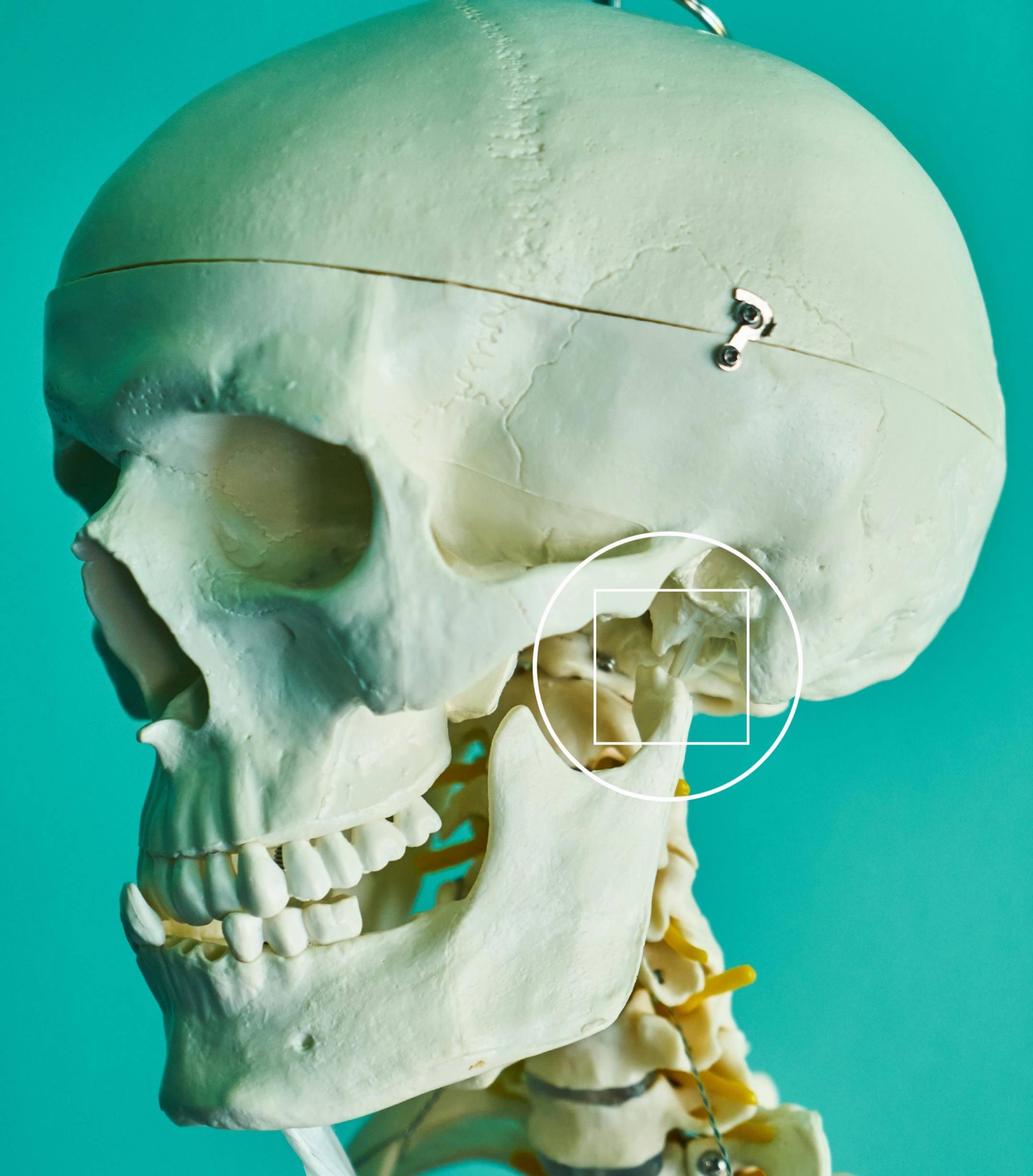
TMJ DISORDERSTemporomandibular joint and muscle disorders, commonly called “TMJ,” are a group of conditions that cause pain and dysfunction in…
Read More
The National Academies of Science, Engineering and Mathematics Recommendations on TMD Research and Care “First do no harm”
Read More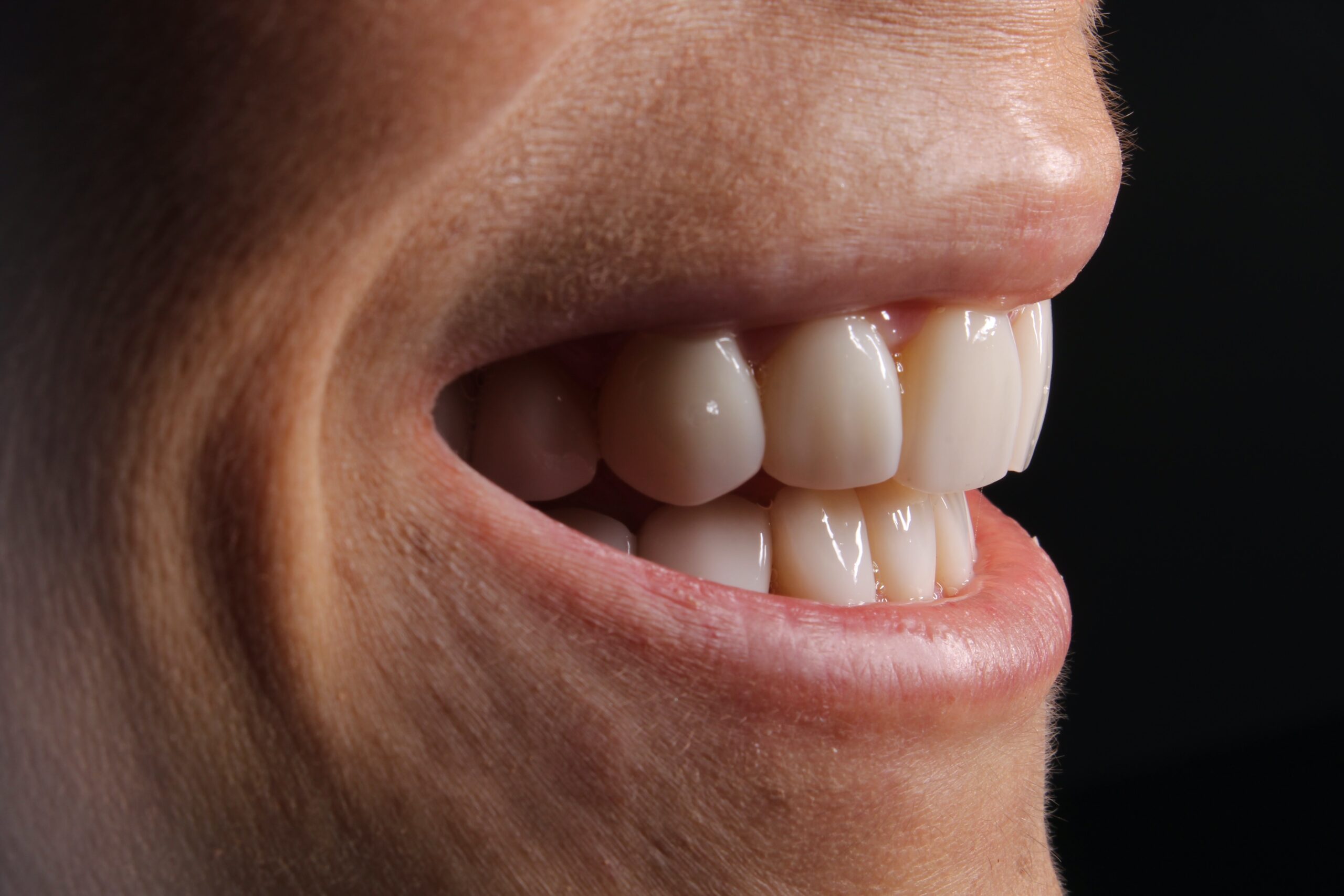
Disarming a Blood-Clotting Protein Prevents Gum Disease in Mice December 23, 2021 Human and animal study offers insight into treating…
Read More
September 13, 2022 (NIDCR) Credit: Edward Steager, University of Pennsylvania By Tiffany Chen The concept of a toothbrush—essentially bristles-on-a-stick—hasn’t changed…
Read More
Digital disease surveillance: Tracking a pandemic Social media posts and online searches may offer vital clues about the spread of…
Read More
Young adults using emergency rooms to treat toothaches by Denise-Marie Ordway, The Journalist’s Resource March 11, 2016 Low-income individuals, especially…
Read More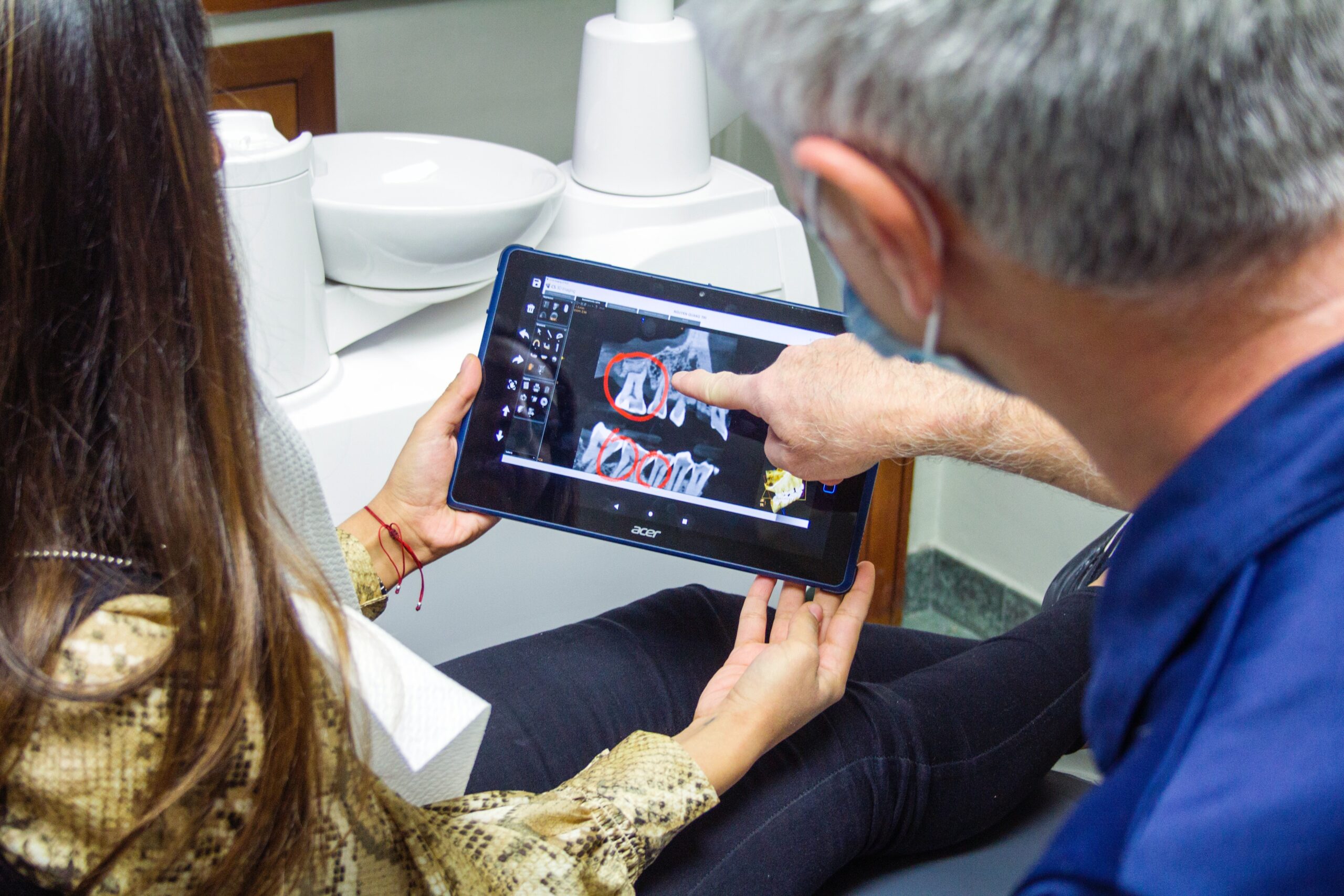
Artificial intelligence aids design of antimicrobial dental adhesive In Brief Aided by artificial intelligence, scientists designed a dental adhesive with…
Read More